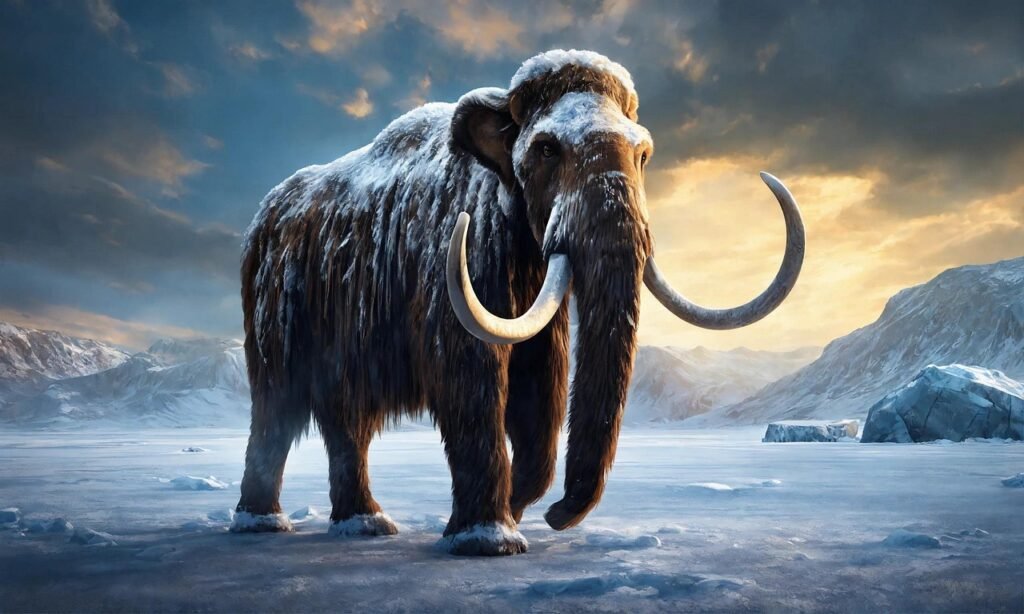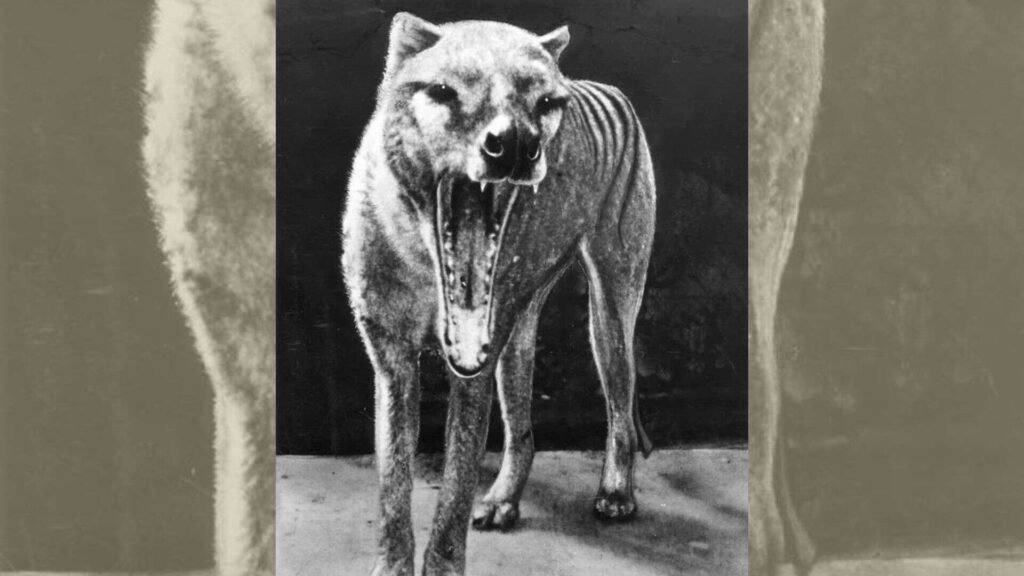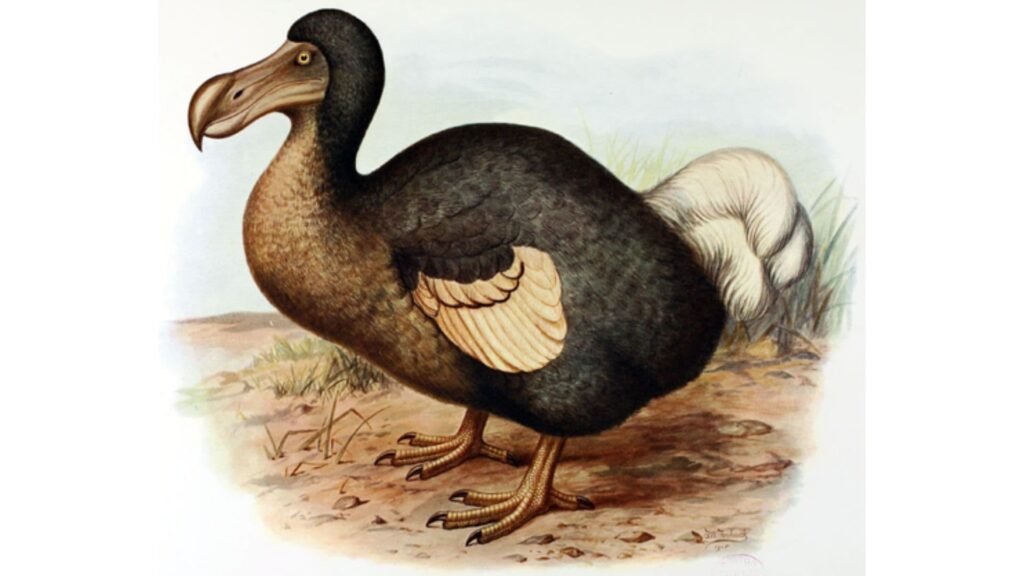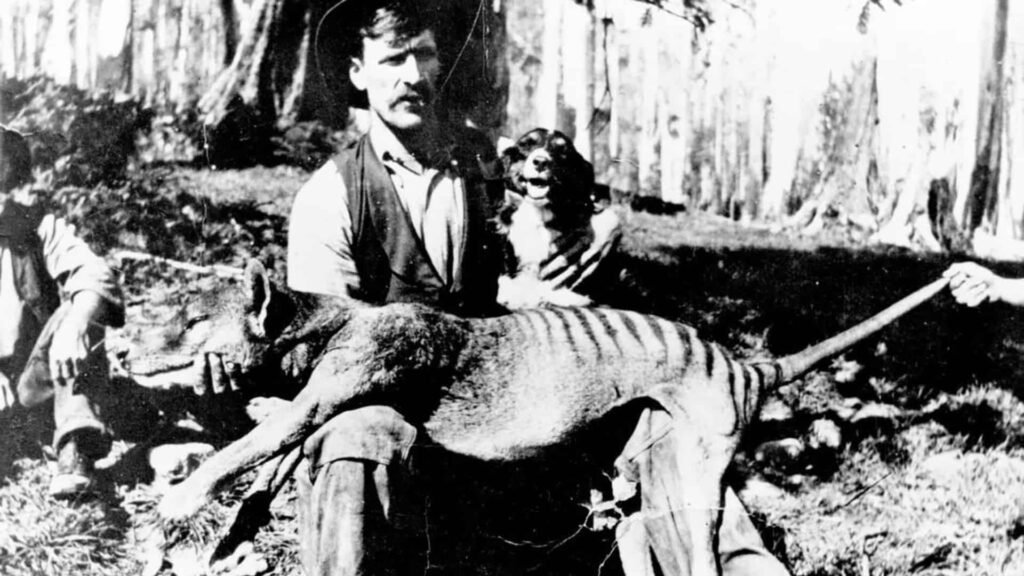The story of life on Earth is one of constant change, evolution, and, unfortunately, extinction. However, in recent years, some scientific minds have begun to question whether extinction must be a permanent state. Could advances in genetic technology offer the possibility of revival for species long gone? The quest to bring back iconic creatures like the woolly mammoth, dodo, and Tasmanian tiger is both a thrilling and controversial scientific frontier.
The Science Behind De-Extinction

At the heart of de-extinction efforts is the rapidly evolving field of genetic engineering. By extracting DNA from preserved specimens and comparing it to close relatives, scientists can potentially recreate the genetic code of extinct species. Techniques like CRISPR-Cas9 allow scientists to edit genes with unprecedented precision. This technology could be the key to reviving long-gone species.
Why Woolly Mammoths?

The woolly mammoth, once roaming the icy tundras of the northern hemisphere, holds a special fascination due to its close relationship with modern elephants. Reviving the mammoth is not just about marveling at a prehistoric creature; it’s also about addressing ecological issues. Scientists believe that returning mammoths to the tundra could help slow climate change by converting arctic landscapes back to grasslands, potentially preventing permafrost from melting.
The Quest to Revive the Dodo

The dodo, a flightless bird from Mauritius, became extinct in the 17th century due to human activities. Its iconic status as a symbol of extinction has made it a candidate for revival. By studying dodo DNA from preserved remains and comparing it with pigeons, their closest living relatives, researchers hope to bring the species back. The ultimate goal is not only to correct a historical wrong but also to restore the ecological balance on Mauritius.
Bringing Back the Tasmanian Tiger

The thylacine, or Tasmanian tiger, was declared extinct in 1936. However, sightings and unverified reports keep the hope alive. The Tasmanian tiger’s extinction was largely due to human interference, making it a prime candidate for de-extinction efforts. Using genomes from preserved specimens, scientists are exploring the possibility of cloning the species and reintroducing it into its natural habitat to restore ecological balance.
Ethical Implications

Reviving extinct species raises significant ethical questions. Some argue that de-extinction efforts divert resources from conserving currently endangered species. Others question the welfare of species brought back to life in a changed world where they might not have the ecosystem to sustain them. The moral responsibility towards these creatures and the potential consequences of introducing them into today’s ecosystems are topics of heated debate.
Potential Ecological Impact

Reintroducing extinct species could have profound ecological impacts, both positive and negative. On the one hand, they could restore ecological roles left vacant, enhancing biodiversity. On the other hand, they may disrupt existing ecosystems and compete with current inhabitants. Understanding these dynamics is crucial before embarking on such ambitious projects.
The Role of Conservation Biology

Conservation biology is instrumental in guiding de-extinction projects. The discipline prioritizes understanding the ecological roles these species played and ensures that their reintroduction benefits ecosystems. By carefully assessing habitats, scientists aim to create balanced ecosystems that can sustain both revived and existing species.
Public Perception and Its Influence

Public interest in de-extinction is both a boon and a challenge. While increased attention can drive funding and political support, it can also lead to sensationalism and unrealistic expectations. Educating the public about the scientific possibilities and limitations is essential for garnering informed support for these projects.
Current Progress and Future Prospects

Progress in de-extinction varies by species. While theoretical frameworks and laboratory success have been achieved, practical implementation remains a challenge. Continued technological advancements and interdisciplinary collaboration will be crucial to overcoming the hurdles of habitat restoration, species acclimatization, and ensuring genetic diversity.
A Thoughtful Ending: The Beginning of a New Era?

While the dream of walking alongside a woolly mammoth or hearing the call of a Tasmanian tiger remains just that for now, the strides being made in genetics and conservation biology suggest it might not be far-fetched forever. De-extinction pushes the boundaries of what is possible in science and forces us to contemplate our responsibilities to the past and future of life on Earth. As we stand on the brink of a new era, thoughtful consideration of ecological, ethical, and practical factors will guide whether and how we bring back the species we once lost.




